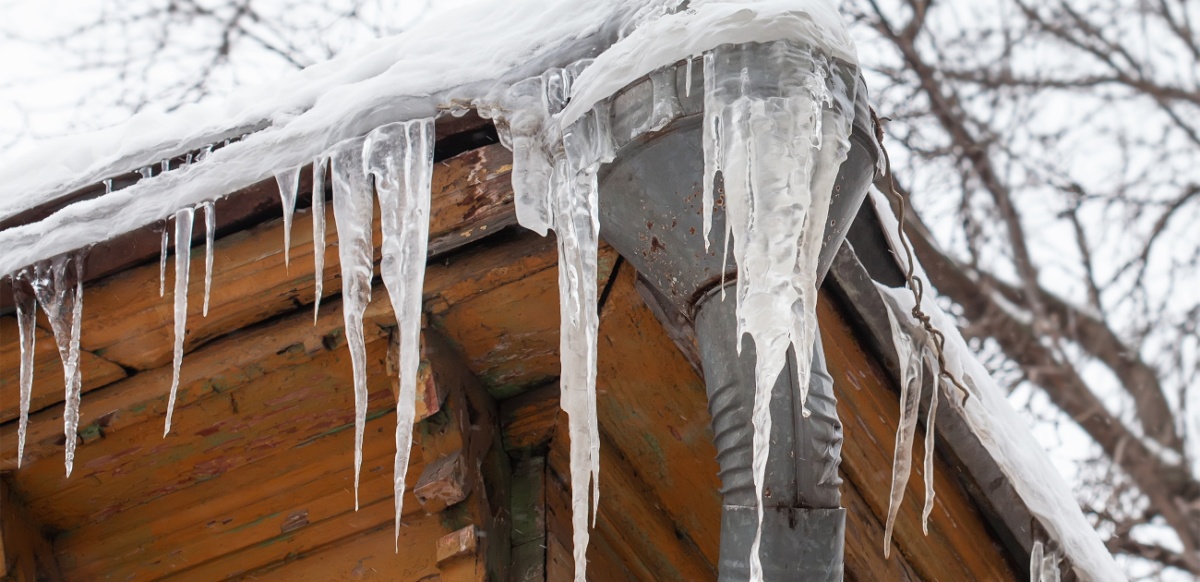Preventing Pipes from Cold Weather: Top Tips
Preventing Pipes from Cold Weather: Top Tips
Blog Article
Nearly everybody is bound to have their unique theory involving How to Prevent Your Pipes From Freezing.

Cold weather can wreak havoc on your pipes, specifically by freezing pipelines. Below's just how to avoid it from taking place and what to do if it does.
Introduction
As temperature levels decline, the threat of icy pipelines boosts, possibly resulting in expensive fixings and water damage. Recognizing just how to prevent frozen pipes is vital for home owners in cool environments.
Avoidance Tips
Shielding prone pipelines
Wrap pipes in insulation sleeves or make use of warm tape to secure them from freezing temperatures. Concentrate on pipes in unheated or external locations of the home.
Home heating techniques
Maintain interior rooms adequately warmed, especially locations with plumbing. Open up closet doors to allow warm air to flow around pipelines under sinks.
How to determine icy pipelines
Look for decreased water flow from faucets, unusual odors or noises from pipes, and visible frost on subjected pipelines.
Long-Term Solutions
Architectural modifications
Take into consideration rerouting pipes away from exterior walls or unheated locations. Include extra insulation to attics, cellars, and crawl spaces.
Updating insulation
Invest in top quality insulation for pipelines, attic rooms, and wall surfaces. Proper insulation helps keep consistent temperature levels and decreases the danger of icy pipelines.
Shielding Outdoor Plumbing
Yard hoses and outdoor faucets
Disconnect and drain pipes garden hoses before winter. Mount frost-proof spigots or cover exterior faucets with protected caps.
Understanding Frozen Pipelines
What causes pipes to ice up?
Pipes freeze when revealed to temperatures below 32 ° F (0 ° C) for prolonged durations. As water inside the pipelines freezes, it broadens, taxing the pipe wall surfaces and possibly causing them to burst.
Dangers and problems
Icy pipelines can bring about water supply disruptions, building damages, and pricey fixings. Ruptured pipelines can flood homes and trigger comprehensive structural damages.
Indicators of Frozen Piping
Determining frozen pipes early can stop them from rupturing.
What to Do If Your Pipes Freeze
Immediate activities to take
If you believe icy pipes, keep faucets open up to soothe stress as the ice melts. Make use of a hairdryer or towels taken in warm water to thaw pipelines gradually.
Verdict
Protecting against icy pipelines requires positive measures and quick reactions. By comprehending the causes, indications, and safety nets, home owners can protect their pipes throughout cold weather.
6 Proven Ways to Prevent Frozen Pipes and Protect Your Home
Disconnect and Drain Garden Hoses
Before winter arrives, start by disconnecting your garden hoses and draining any remaining water. Close the shut-off valves that supply outdoor hose bibs and leave the outdoor faucet open to allow any residual water to drain. For extra protection, consider using faucet covers throughout the colder months. It’s also important to drain water from any sprinkler supply lines following the manufacturer’s directions.
Insulate Exposed Pipes
Insulating your pipes is an effective way to prevent freezing. Pipe insulation is readily available at home improvement stores and is relatively inexpensive. Pay close attention to pipes in unheated areas such as the attic, basement, crawl spaces, or garage. Apply foam insulation generously to create a buffer against the cold. You can also wrap your pipes in heat tape or thermostat-controlled heat cables for added warmth.
Seal Air Leaks
Inspect your home for any cracks or openings that could let in cold air. Seal any holes around the piping in interior or exterior walls, as well as the sill plates where your home rests on its foundation. Additionally, make sure to keep your garage door closed unless you’re entering or exiting. Leaving it open creates a significant air leak that can lead to frozen pipes.
Allow Warm Air Circulation
During cold snaps, it’s essential to allow warm air to circulate evenly throughout your home. Leave interior doors ajar to promote better airflow. Open kitchen and bathroom cabinets to help distribute heat consistently around the rooms. If you have small children or pets, be sure to remove any household chemicals or potentially harmful cleaners from open cabinets for safety.
Let Faucets Drip
A small trickle of water can make a big difference in preventing ice formation inside your pipes. When temperatures drop significantly, start a drip of water from all faucets served by exposed pipes. This continuous flow helps prevent the water from freezing. Additionally, running a few faucets slightly can relieve pressure inside the pipes, reducing the chances of a rupture if the water inside does freeze.
https://choateshvac.com/6-proven-ways-to-prevent-frozen-pipes-and-protect-your-home/

As a fervent person who reads on Winter Plumbing Precautions: Preventing Frozen Pipes, I was thinking sharing that excerpt was essential. Are you aware of somebody else who is excited by the subject? Do not hesitate to share it. Thanks for being here. Return soon.
Call Today Report this page